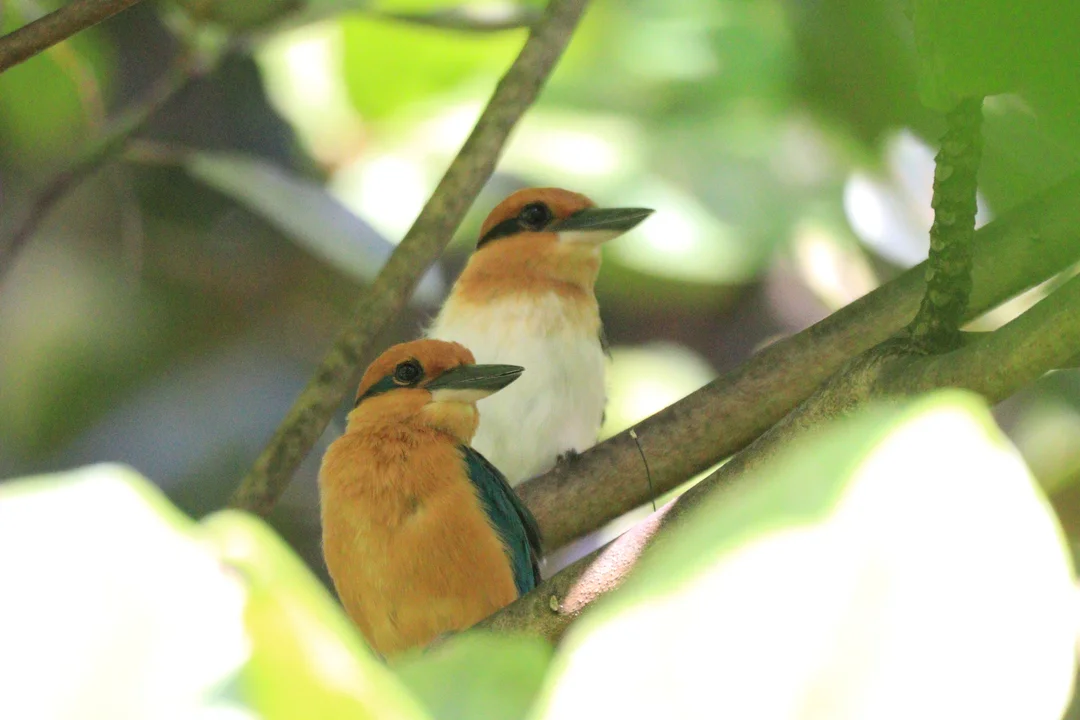
The Remarkable Return of the Sihek: Once-Extinct Bird Lays First Wild Eggs in 40 Years
In an extraordinary conservation success story, the Sihek bird, also known as the Guam kingfisher, has made a significant milestone by laying its first wild eggs in approximately 40 years at the Palmyra Atoll. This momentous event marks a new chapter for a species that has been absent from its natural habitat since the 1980s, primarily due to the introduction of invasive predators. The story of the Sihek not only highlights the resilience of wildlife but also underscores the vital importance of conservation efforts in restoring endangered species.
Last September, nine Sihek birds were released at the Nature Conservancy’s Palmyra Atoll Preserve, part of a coordinated recovery program led by a dedicated team of conservationists from around the globe. These nine birds, comprising four females and five males, have quickly acclimatized to their new island home, building nests and territories while adapting their natural behaviors in the wild.
Dr. Caitlin Andrews, a prominent bird conservation scientist, expressed her elation regarding the progress of the Sihek. "We’re delighted that all nine of the birds are not only surviving on Palmyra Atoll, they’re already starting on the next stage of their journey," she noted. Her excitement reveals a collective sense of hope among the conservation community, as these birds have begun to exhibit their innate instincts by hunting geckos and spiders, crucial for their survival.
Significantly, the name "Shiek" holds deep cultural relevance among the native CHamoru people of Guam. According to Yolanda Topasña, a coordinator with the Guam Department of Agriculture, the birds are symbols of ancestral pride, with one young bird named Tutuhan representing a fresh start as the first hatchling to produce eggs. "The connection I feel with Tutuhan is a kinship I hope for all to feel," she expressed, highlighting the enduring bond between the CHamoru people and the Sihek.
The historical context of the Sihek’s decline is alarming, as the last wild sighting occurred in 1988, when only 29 individuals remained in captivity due to the destruction of their habitat and predatory threats. By relocating the birds to the predator-free Palmyra Atoll, conservationists have succeeded in providing a safe environment for nurturing the population. Plans are underway for additional young Sihek to be released this summer, further promoting growth in this iconic species.
As conservation efforts continue, Kayla Baker, another committed bird conservationist, reflected on the emotional impact of witnessing Sihek eggs in their nests for the first time. "It has been the honor of my life to work with the Sihek," she said, emphasizing the potential for future success. The return of these birds embodies hope, resilience, and the possibility of a brighter future for endangered species everywhere.
Will the strides made by the Sihek inspire future conservation initiatives? Followers are encouraged to share their thoughts and insights, contributing to a collective dialogue on the importance of preserving our planet’s wildlife.